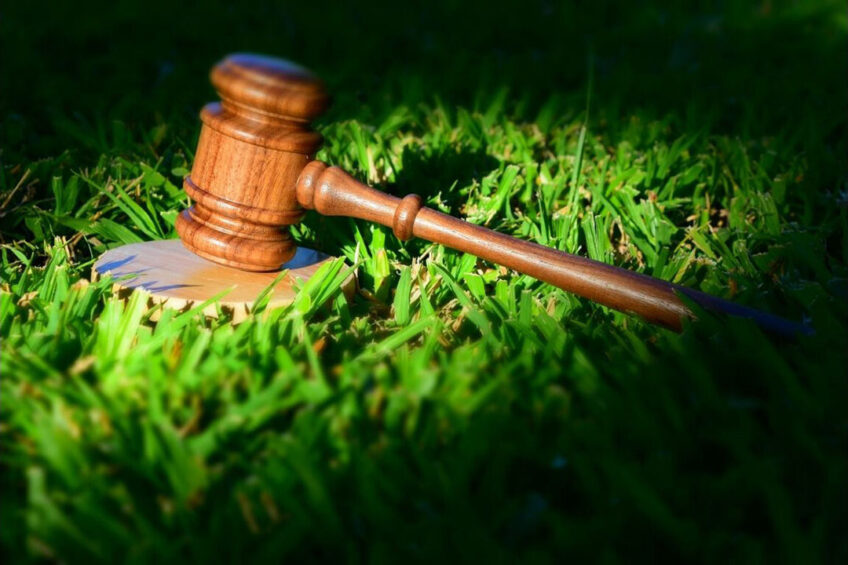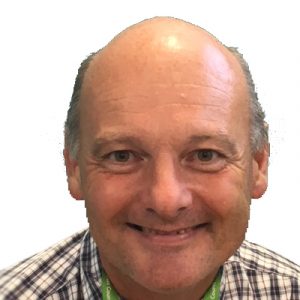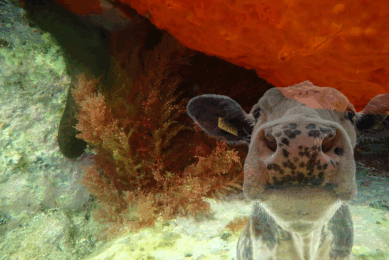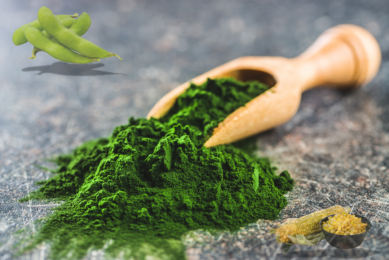Legislation hinders a full circular feed economy realisation

Plans to supply the feed industry with nutrient resources recovered from the circular economy are being hampered by European legislation.
Delegates to the FEFAC webinar on circular feed heard that while the circular feed concept had been granted a high priority in the EU Commission’s Farm to Fork Strategy and Circular Economy Action Plan, current legislation was stymying the insects, algae, phosphorus and former foodstuffs processing sectors.
Insects
Christopher Trespeuch, chair of the International Platform of Insects for Food and Feed (IPIFF), said insect production in the EU was at a turning point, which could lead to 30,000 jobs by 2030: “We are producing a few thousand tonnes of EU insect production.. whereas investments account for more than €1 billion and the figure is expected to rise to € 3 billion by 2025.”
Trespeuch said insect frass was a valuable fertiliser product with visible benefits on plant health and development but legislation currently bars faeces from being used and the sector is not allowed to feed insects with Processed Animal Proteins (PAPs), apart from fishmeal.
Algae
Floris Schoeters, researcher at the Thomas More University, Belgium and Peter Bleyen, of the Experimental Poultry Centre, Antwerp, highlighted legislative barriers around producing algae from manure and then feeding it back to hens. Schoeters said research had shown poultry wastewater rich in P and N was a good liquid manure that could help algae flourish.
Laboratory and field tests highlighted that 2 algae varieties – “Chlorella Sorokiniana” and “Scenedesmus Obliquus” fared well in the waste water – often better than the mineral medium. The product was very similar to commercial products although protein levels were lower.
Bleyen said to fully close the circular economy loop it was necessary to feed the algae back to the broilers but legislation classed the waste water as a manure and so a commercial “Chlorella Sorokiniana” product was used in a trial using Ross 308 broilers. There were 3 different treatments with a control mash feed (starter-grower-finisher) being supplemented by 5% algae and 10% algae given to 80 males and female birds.
Results showed that while daily feed intake was lower with algae supplementation and there was a corresponding lower daily growth and live weight, there was no difference in feed conversion rates and no effect on daily water intake. Bleyen said there was also no change in feather cleanness and hock and feet lesions, highlighting that the litter stayed dry. What was remarkable was the discolouration in the chicken feet due to the carotenoids in the algae.
Both said there was potential for algae biomass from poultry – pathogenic micro-organisms and heavy metals were reduced but along with legislative hurdles, the initial set up and production costs are currently high.
Phosphorus
Sara Stiernstrom, from Easy Mining, highlighted that phosphorus extraction from sewage sludge to produce clean feed phosphate – a process involving detoxifying the fly ash and extracting clean phosphorus – also faced legislative issues.
The feed phosphate produced had carbon dioxide savings, is fully soluble in citric acid, has no contaminants and its digestibility has been tested on pigs and poultry with good results. But EU regulation 767/2009 means that products recycled from sewage sludge are not allowed in animal feed. Stiernstrom said legislators should look to focus on quality instead of origin and there should be incentives for the production industry.
Finding balance between food and feed
Dr Martin Scholten, principal advisor for Wageningen University and Research, said the aim of circularity in livestock production was to find a balance between food and feed to address food and nutrition security. At present, not enough was being done and it was necessary to find circularity from a wide range of resources.
Dr Scholten highlighted refined roughage which was a big biomass source – food crop left overs and sugar beet leaves had enormous potential and if these could be refined to produce the necessary protein sources it would reduce reliance on imported soya.
FEFAC President Asbjorn Borsting said the current Ukraine crisis demonstrated the vulnerabilities of the EU food and feed system and their dependency on Third Countries supplies. This illustrated the importance of exploring the potential for harnessing alternative nutrient sources from the European circular economy.











